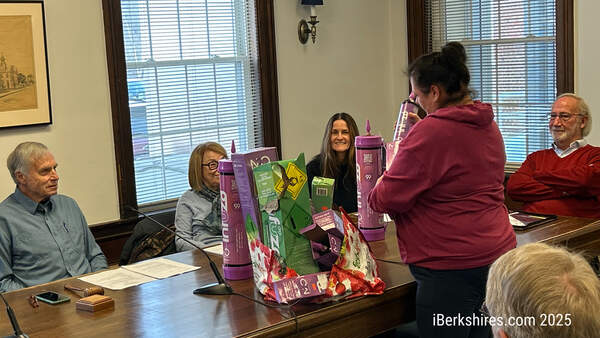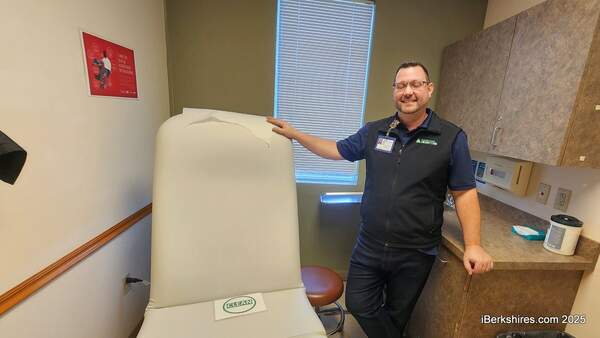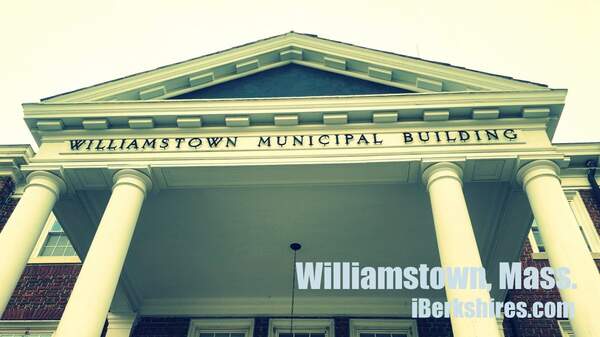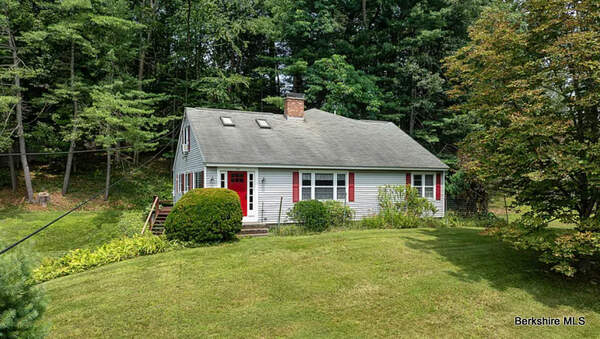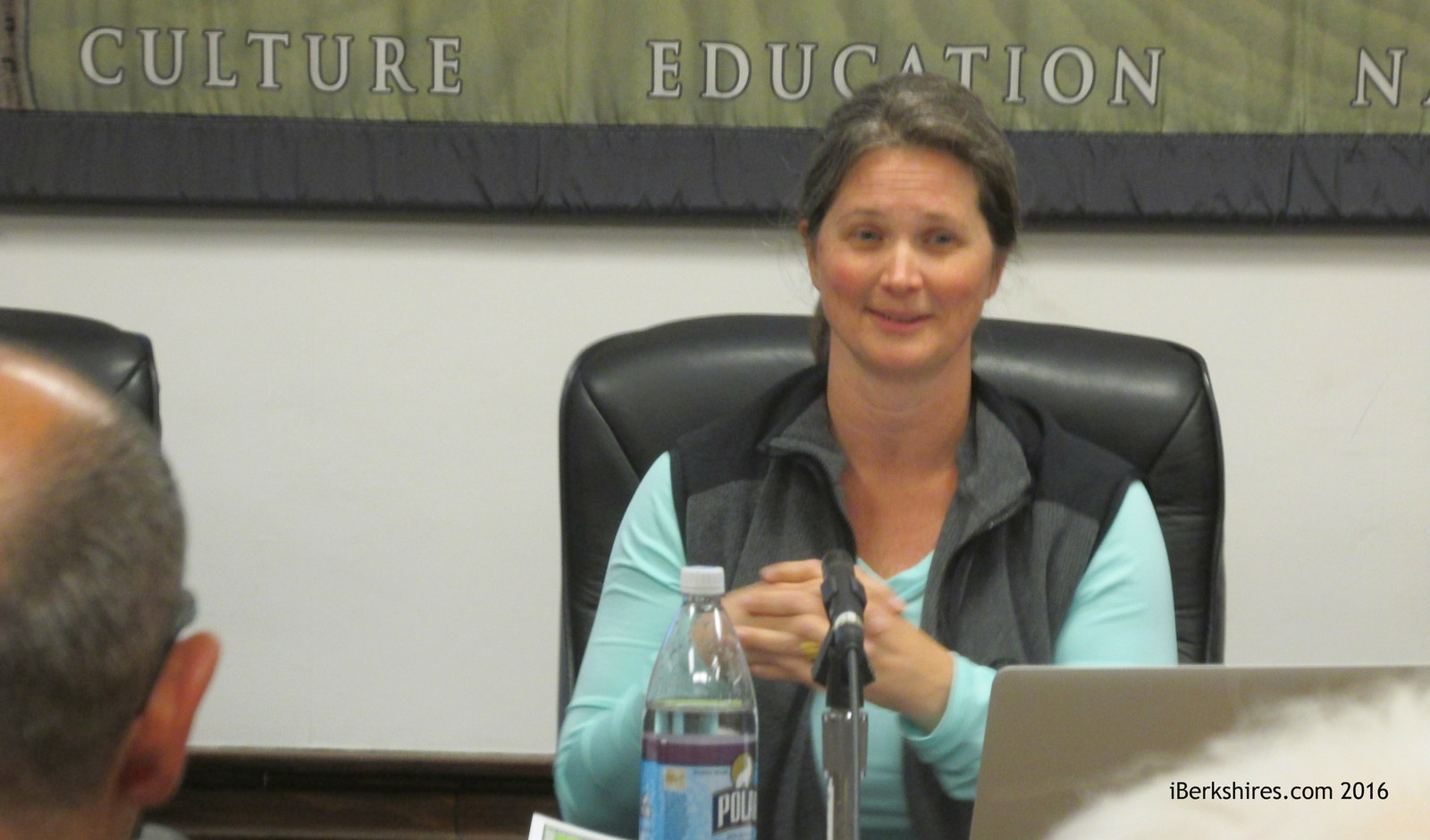
Williamstown Planning Board Nears Agreement on Waubeeka Overlay
WILLIAMSTOWN, Mass. — The Planning Board on Thursday came close to approving a compromise amendment on the Waubeeka Overlay District proposal.
At the latest in a series of meetings that started in September, the panel narrowed its areas of disagreement to one: whether a potential resort at the South Williamstown golf course is limited by the square footage of its buildings or by the area of a building envelope.
The board agreed to meet again on Wednesday, May 4, at 5 p.m., in hopes of finalizing an amendment to a citizen's petition that is acceptable to the petitioner — the attorney for Waubeeka Golf Links owner Michael Deep — in time to introduce said amendment at the May 17 annual town meeting.
Deep's attorney, Stanley Parese, opened Thursday's meeting by surprising most people in a packed Selectmen's Meeting Room. Parese, who long has maintained that a conservation restriction was an unacceptable requirement for development as part of an overlay district, reversed course and said Deep agreed to place 67 acres of his 200-acre property into a CR.
That was followed later by Planning Board member Ann McCallum agreeing to forego a provision of the zoning amendment crafted by Town Hall staff earlier this spring: the requirement that any development greater than 20,000 square feet be accompanied by CRs on additional acreage — with an ultimate cap of 50,000 square feet of building space and 120 additional acres held in permanent conservation.
"Sixty-seven acres is fine with me," McCallum said.
In the end, all of the board members ended up largely in agreement about the scale of development that would be allowed and the acreage that would be placed in a CR.
The one sticking point was how the scale of development would be defined.
McCallum and Sarah Gardner indicated that they preferred a square-footage model, which they argued would be more understandable to voters at town meeting and more in keeping with the board's intent, i.e., to limit the mass of what ends up being built.
Chairwoman Amy Jeschawitz and Chris Winters argued that a building envelope would provide maximum flexibility to the resort's developer to decide how best to use the land and that acreage is a more conventional language for zoning bylaws.
At the end of a three-hour session, it was clear that neither side was willing to give on this point, and the board agreed to ask Community Development Director Andrew Groff to compose two clean drafts of the bylaw amendment — one based on acreage and another based on square footage but identical in every other respect — for the board to consider next Wednesday.
The board generally agreed — but did not take any formal votes — on two numbers: 10 acres for the building envelope approach and 70,000 square feet for the square footage model.
The 10-acre building envelope language was based on the latest rendition of the bylaw drafted by Parese and forwarded to the board earlier this week. The 70,000-square foot figure was determined by starting with the projected square footage of the proposed new Williams Inn (about 50,000) and adding some space to accommodate spa amenities and infrastructure related to a golf course; currently Waubeeka has about 9,000 square feet under cover.
Under either approach, a developer would be allowed to place the bulk of its building in the northeast quadrant of the property but put some structures (like a maintenance facility for the golf course) on secondary sites.
One member of the five-member Planning Board, Elizabeth McGowan, did not express a strong opinion on the acreage versus square footage question, though she did say she was "leaning toward" square footage.
McGowan, who joined Gardner and McCallum in voting to table the Planning Board's discussion back in January, stressed early in the board's discussion on Thursday that no one on the panel was "anti golf course."
"All of us would like to see the golf course remain open," she said. "I think there's a perception that some members of the Planning Board are not pro Waubeeka or pro golf course. … There's no 'for' or 'against.' It's actually far more nuanced than that. The creating for a zoning bylaw takes a while.
"I think we're making incredible progress. Let's put to rest the idea that anyone is against the golf course."
McCallum agreed.
"Inch by inch, we're getting somewhere," she said. "When I'm thinking of what's good for the property ... I'm very much in favor of a hotel on the site, very much in favor of the golf course staying. One thing in my mind that is important is the size of the buildings."
The board's discussion Thursday had a different tone than the discussions that occurred after McCallum in December steered the conversation toward the question of whether the town needs another hotel.
Although several of the residents who addressed the board from the floor raised that issue, the board largely stayed away from the question of whether Deep had enough marketing research to back up his request.
One of the strongest critics of Deep's proposal, Waubeeka abuttor Sherwood Guernsey, also used the public comment portion of the meeting to push for conservation restriction requirements.
"Why has there been resistance to a conservation restriction? I don't know," Guernsey said. "It doesn't prevent you from doing the golfing. Golfers should support this. It's a matter of helping to protect that beauty out of doors."
A conservation restriction would surrender development rights on a piece of land in perpetuity.
Under the bylaw amendment crafted by Town Manager Jason Hoch, Groff and McCallum, Waubeeka would have ended up putting 187 acres under CRs in order to build up to 50,000 square feet of space.
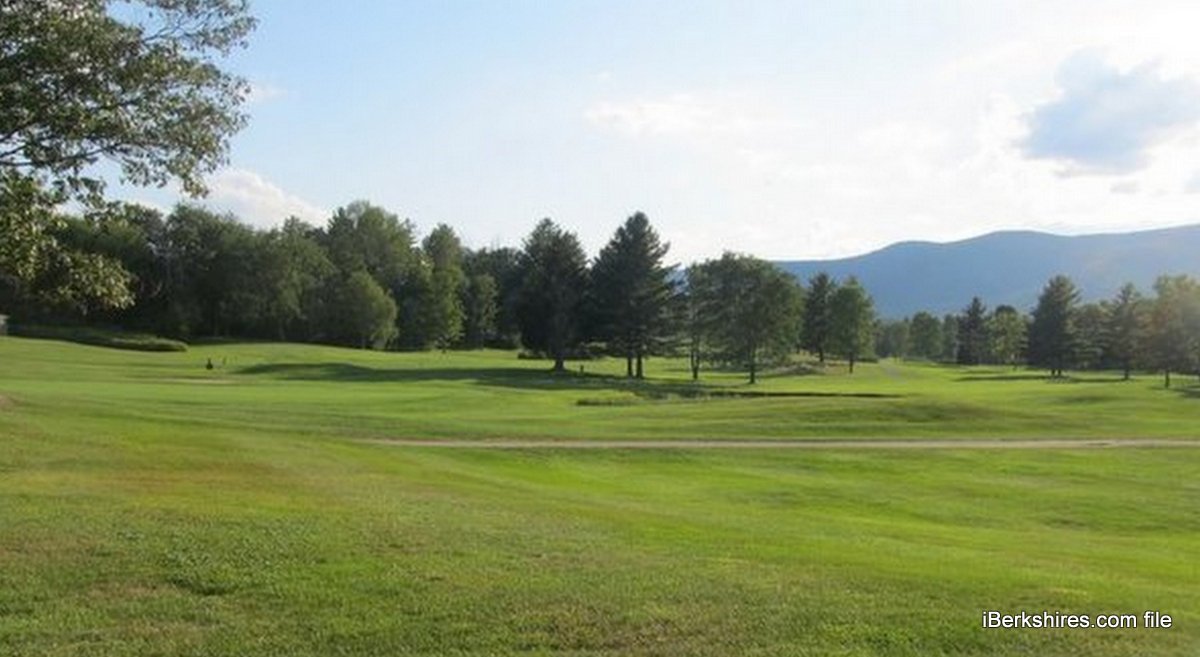
Groff, who staffs the Planning Board, noted at its last meeting that the 50,000 square feet and 4 acres per 1,000 square foot above 20,000 were "placeholders" in the draft amendment and subject to the board's discussion. But it was clear the intent of the draft amendment was to require some additional CRs in order to allow more than 20,000 square feet under cover, or about double what Waubeeka currently has.
The landowner's "resistance" to a CR was fairly easy to understand. CRs are permanent. If, in 50 years, the current trend in the golf industry has driven New England courses out of business — with or without a resort attached — the prime commercial real estate at the corner of a U.S. highway and a state highway would be undevelopable.
In other words, the "Conservation Bonus" provision of the Hoch/Groff/McCallum amendment would have hamstrung future owners of the property in perpetuity, effectively lowering the property value for the entire 200-acre parcel.
The evening began with Deep's attorney, Parese, attempting to put the Waubeeka Overlay proposal in a broader context, drawing attention to the fact that the the town's declining population and lack of commercial property pose municipal budgeting challenges. He reminded the board that Deep's request to create a regulatory path for building a hotel is an attempt to keep the 50-year-old golf course in business and its 40 employees in jobs.
He also reminded the board and, perhaps more importantly, the voters watching live or on the town's community access television station, WilliNet, that a two-third vote at next month's town meeting to create an overlay district is only the first of many regulatory hurdles a project would face. Every iteration of a Waubeeka bylaw — including those drafted by Parese — has specified that a hotel would be allowable by special permit and, therefore, subject to review by the Zoning Board of Appeals.
Winters later returned to this point.
"If the ZBA is approached by this applicant with a plan that does not sit well on that site, that plan is 'detrimental to the neighborhood,' " Winters said, noting that a special permit would require a 4-1 vote of the ZBA for approval. "We must trust the Zoning Board to know what's in the best interest of the neighborhood. That is their job."
Parese, in addition to announcing that Deep would accept the requirement to place a 67-acre woodlot in a conservation restriction, said the Waubeeka owner was OK removing "fractional ownership" or timeshares from the proposed bylaw.
In the past, Parese has argued that it is fairly common for resort developers to designate some rooms on a property as timeshares as part of a financing model. But the word "timeshare" has become a bogeyman and a rallying point for bylaw critics since it was included in the citizens petition article Parese (a Williamstown resident, unlike Deep) put on the town meeting warrant.
Tags: citizens petition, commercial zoning, land conservation, Planning Board, waubeeka,


